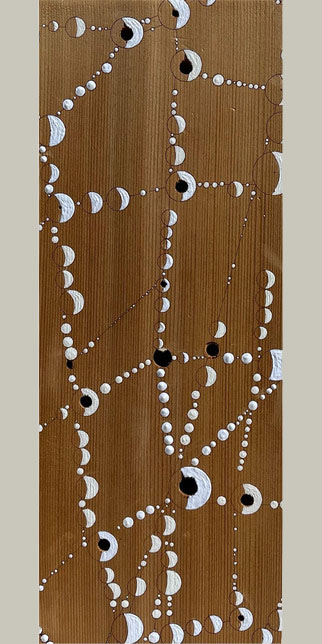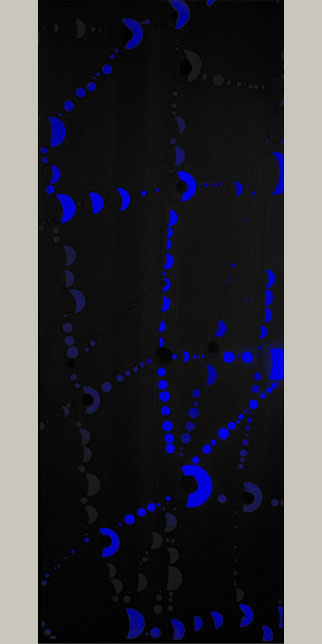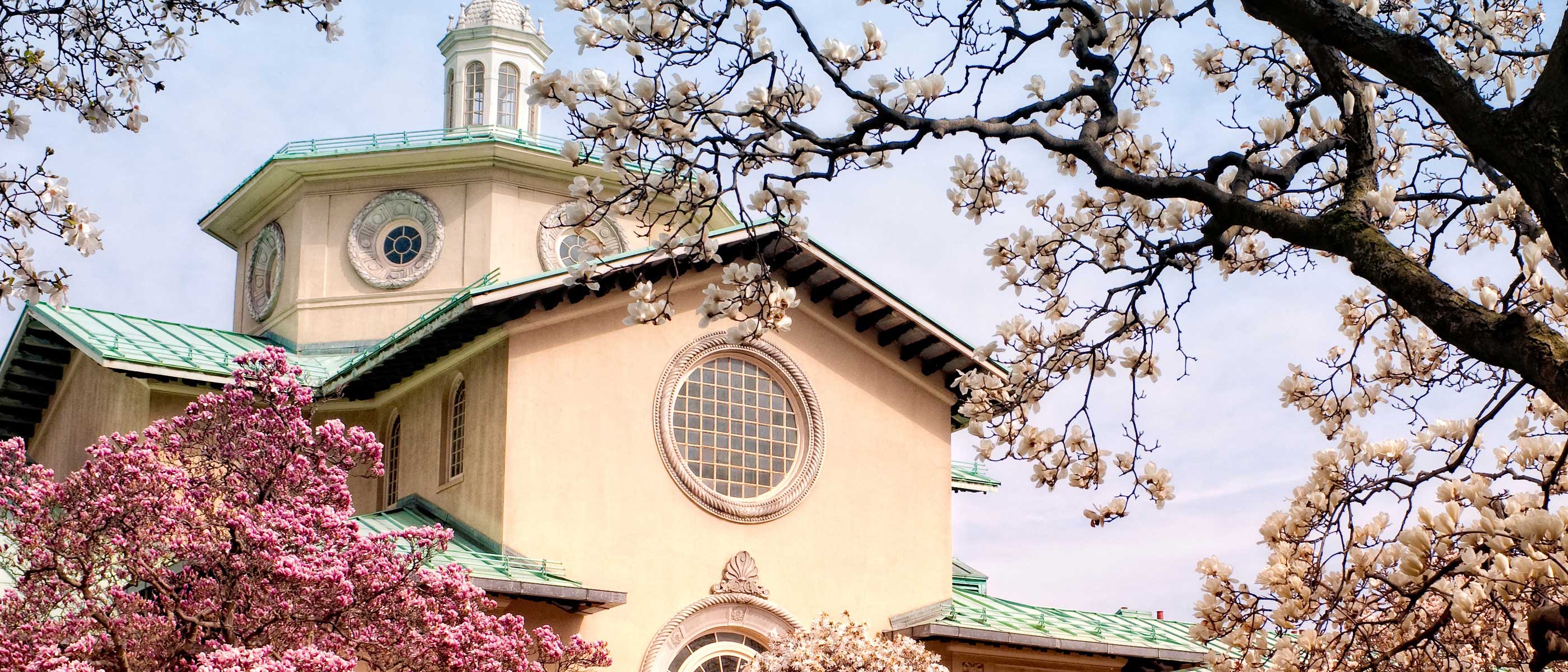Habitat for Solitary Bee
Habitat for Solitary Bee
Joy Tando
Nerea Feliz Studio
Inspired by Loren Jørgense’s photograph of a spiderweb adorned with dew drops, this habitat features a pattern reminiscent of those delicate yet intricate formations. Strategically placed drill holes come in three sizes—1/4", 5/16", and 3/8"—providing varied options for potential inhabitants.


Meet the Pollinator
-
Eastern Carpenter Bee (Xylocopa virginica)
Learn more about the unique lifestyle of the Eastern carpenter bee. Voiced by Kit Schneider.
TranscriptI am an Eastern carpenter bee. I only have a little bit of time to talk, so I’ll try to make this quick!
I look a bit like a bumble bee, but our lifestyles are very different. I live with my family inside a hunk of wood. I started my nest by chewing a hole into the cleanest, straightest piece of cedar wood I could find.
Using my powerful mandibles, I can dig about one inch of tunnel per day. My offspring live in one tunnel, my food goes in another, and I have other tunnels for the female bees who are here helping me out. When I’m not digging, I collect pollen from many different crops and flowers to feed everyone.
My two years of life have been tough. But my little nest has grown large, and I did my best to make it as cozy as possible.
Okay––gotta go! Bye!



